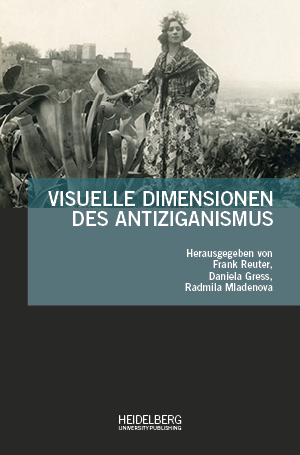How to Cite
License (Chapter)

This work is licensed under a Creative Commons Attribution-ShareAlike 4.0 International License.
Identifiers (Book)
Published
Vor-Bilder. Zum Nicht-Sehen-Wollen von Roma
Abstract Our perception is determined by a system of learned cultural symbols. With their help we interpret our environment. In doing so, we proceed selectively and follow the principle of simplification and standardisation. Perception as a cognitive-sensual interaction between us and the environment cannot be „wrong“, but it can be insufficient, limited, distorted, etc. Visual artifacts such as paintings or photographs evoke an imaginative visualisation of appropriated interpretive patterns in a split second. Visual representations of Roma usually draw on an archive of knowledge about body features, physiognomies, clothing, lifestyles, etc. and create an ethnic „excess of meaning.“ Roma appear there only in the guise they have to assume in order to be seen: as „Gypsies.“ This kind of representation shadows their real existence. Thus, one does not see what one sees, and sees what one does not see. Every image always already contains a Pre-image, which is recognised in the image. This gaze distorts the object of representation and betrays a „not-wanting-to-see“ of the pre-existing. The essay traces this process and uses an example to outline the possibility of breaking through it.






